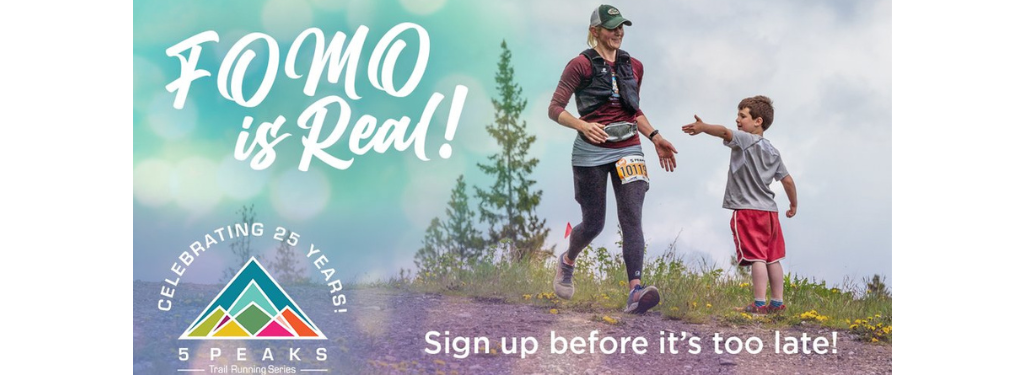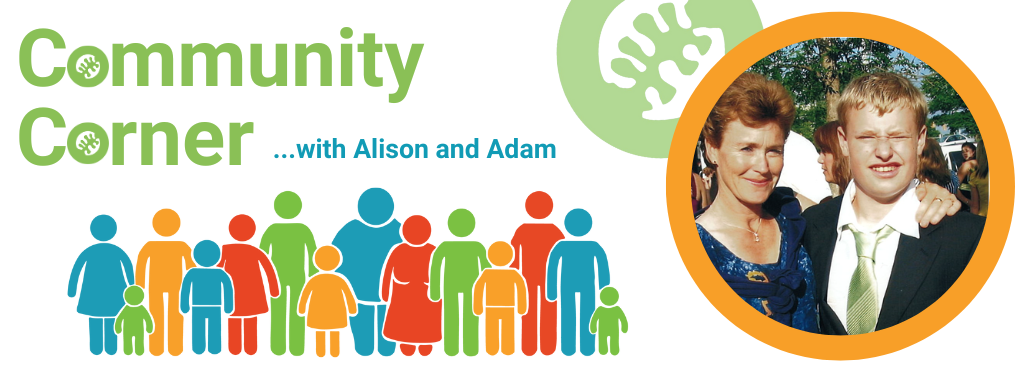Hazel’s Light Up for Mito Walk
Hazel's Light Up for Mito Walk
Join the Victoria, BC families living with mitochondrial disease for the 4th annual Hazel’s Light Up for Mito Walk! This annual walk is led by MitoCanada’s mitoAmbassador Hazel Currie, who lives with MNGIE (mitochondrial neurogastrointestinal encephalopathy), an ultra-rare mitochondrial disease. While hundreds of Canadians live with mitochondrial disease, Hazel remains the only known case of MNGIE in British Columbia and is using her energy to help raise awareness, inspire hope and educate others about mito.
Event Details
📅 Saturday, September 20th, 2025
🕢 7:30 PM Start
📍 Christ Church Cathedral front steps (Quadra & Courtney)
✨ No registration required, just show up in your MitoCanada gear or dazzle in bright green!
♿ This walk/roll is fully accessible
Hazel will take you for a stroll through downtown Victoria, taking in heritage buildings glowing green, the walk will end at the BC Legislature, where the ceremonial entrance alcove and fountains will be lit in vibrant green in support of mitochondrial disease awareness. By joining, you’ll be part of a global movement alongside over 300 landmarks lit up worldwide, including Niagara Falls, Rome’s Coliseum, the CN Tower, Science World, and BC Place.
Can’t join in person?
There are still plenty of ways to take part during World Mitochondrial Disease Week (September 15–21, 2025):
- Swap your porch or balcony light for a green bulb
- Snap photos of green-lit landmarks and tag @mitocanada and #LightUpForMito (Instagram, Facebook, X, Linkedin)
- Donate to MitoCanada to fuel research, awareness, and support Canadians living with mitochondrial disease
- Spread the word in your community to raise awareness
This World Mitochondrial Disease Week (September 15-21st), let’s make Victoria, BC the most lit-up community in green to support those living with mitochondrial disease!













